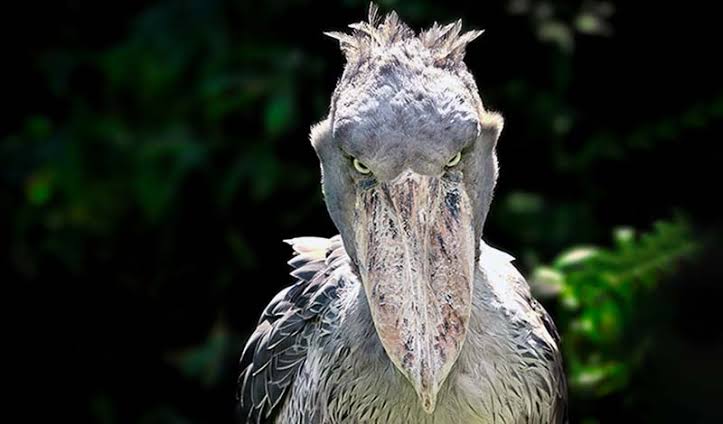
Faith Nyasuguta
The Shoebill, found in the marshes and swamps of East Africa, is a formidable avian predator, standing at an imposing 5 feet tall with a distinctive 1-foot-long sharp-edged bill – ranking as the world’s third-largest bird beak.
Known for its ambush prowess, it remains motionless before swiftly lunging at unsuspecting prey, primarily fish and reptiles, with catfish comprising around 71% of its diet, as revealed by a 2015 study in the Journal of African Ornithology.
Despite occasional misconceptions as a stork, the shoebill stands alone as the sole member of the Balaeniceps genus within the broader family Balaenicipitidae, sharing its closest kinship with pelicans.
Apart from its intimidating appearance, the shoebill boasts long, slender legs, enabling it to snatch prey and consume it whole. While mostly solitary, breeding pairs exhibit monogamous tendencies and lay up to three eggs, a process accompanied by sibling rivalry, often resulting in the survival of only the larger first-born. Second or third chicks act as backups if the primary offspring doesn’t thrive.
While erroneously categorized as a stork, the shoebill’s roots trace back to the Pelecaniformes order, emerging at the conclusion of the Cretaceous period (145 million to 66 million years ago).

Despite its ancient lineage, this avian species faces a vulnerable status on the International Union for the Conservation of Nature’s Red List, with a limited population estimated between 5,000 to 8,000 birds.
Conservation efforts are crucial to preserving this unique and threatened species in its East African habitat.
RELATED:




